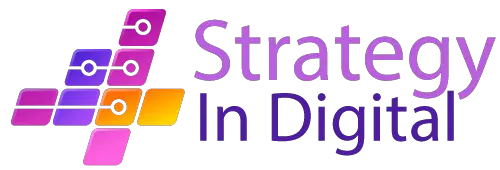In a new episode of Digital Talks by t2ó, Juan Ceballos Pérez, Head of Audience at t2ó and Mario Torija, Publisher Development Director for Spain at LiveRamp, reflect on the importance of Data Clean Rooms.
Within the wide and complex world of Data, a new concept has been born, that of Data Clean Rooms, controlled and secure environments where sensitive or confidential data is processed in a way that guarantees privacy and complies with privacy and data protection regulations. In this new episode of the Digital Talks by t2ó podcast they analyze the importance of this type of digital spaces, with the presence of Juan Ceballos Pérez, head of the audience area at t2ó and Mario Torija, publisher development director for Spain at LiveRamp.
“A Data Clean Room is a technological solution based on the ability to mix and mash up data sets from different organizations or players. In this case, an easy way to understand it would be the “Switzerland” of data. This is how it is often called because of its neutral nature, in the sense that we have two organizations, each with its own data sets, and the Data Clean Room as a platform has the capacity to ingest this data in an anonymized way and, once inside, to carry out a series of matcheo functions on which visibility is very limited at the privacy level,” explains Juan.
In addition, this type of space can play an important role in building a cookie-free future. “You know there is a debate about which identity solutions will survive the cookieless world, and Data Clean Rooms are a perfect complement to these solutions,” adds Mario.
How to carry out such a project
As Mario explains, to better understand this aspect, it is essential to consider the context. The first Data Clean Rooms emerged from initiatives led by the World Gardens, an umbrella term for technology giants such as Google, Meta and Amazon. Between them, Google introduced its Data Hub, Meta launched Advanced Analytics, and Amazon developed Amazon Marketing Cloud, a Data Clean Rooms service managed by Amazon Ads. These Data Clean Rooms, operated by World Gardens, are designed specifically for advertising within their own channels, representing a major advance in managing and utilizing data for effective advertising strategies.
“The interesting thing is to have a Data Clean Room that is independent so that we can combine data sets from advertisers and publishers outside of World Gardens. The idea is that the main direct mail vendors, which are publishers and advertisers, can benefit from privacy-based idea matching, while still augmenting their own CRM or identity data,” explains Mario.
Safe Event, a success story
One of the advantages of Data Clean Rooms is the fact that the results obtained can be used to execute various marketing activities. These activities include, among other things, the creation of specific audiences, obtaining customer insights, determining the scope or frequency of campaigns or detailed analysis of campaigns.
In LiveRamp’s case, they use a tool called “Safe Event”, which is a kind of data cleanroom specifically designed for these operations. It’s a “data greenroom” that provides a secure environment for working with data effectively in marketing.
One example of success that Mario mentions in the podcast is the case of Carrefour in Spain. Numerous companies, especially those related to Consumer Packaged Goods (CPG), are using Carrefour’s data to run advertising campaigns both in closed environments (World Gardens) and on the open Internet (Open Internet). In short, many CPG brands are using Carrefour data to effectively launch advertising campaigns.








